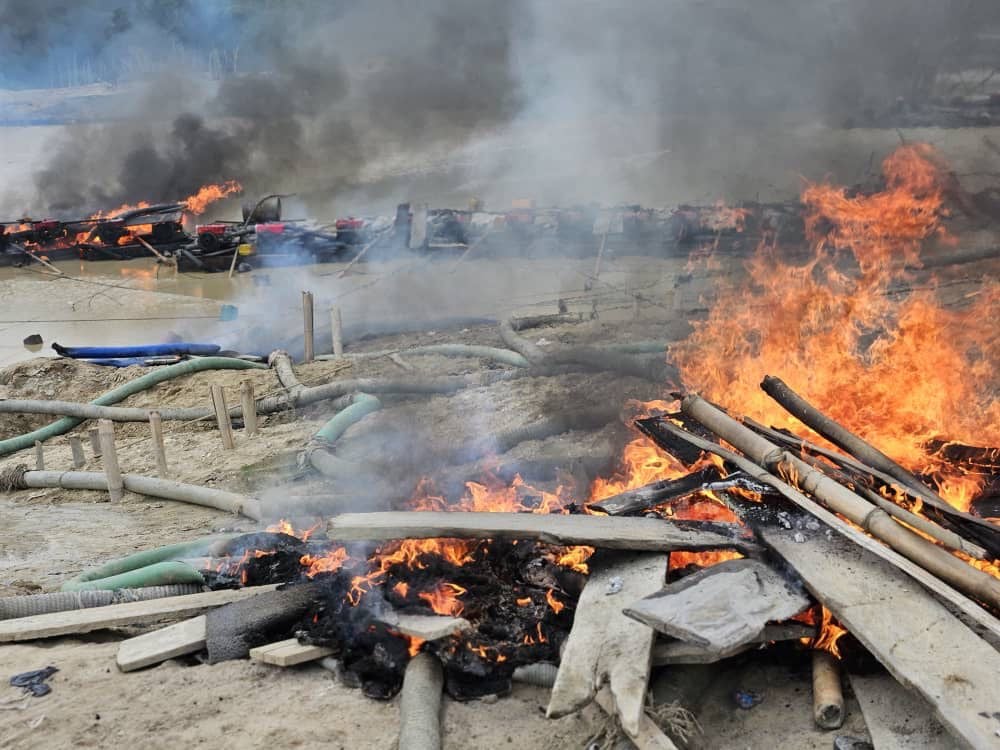

Jose became a hurricane on Wednesday, with wind speeds of 75 mph. It's the 10th named storm of this year's hurricane season, and the fifth hurricane.
As its wind speeds increase, Hurricane Jose has officially transitioned from a tropical storm.
The storm was named on Tuesday and became a Category 1 hurricane on Wednesday afternoon when its maximum sustained winds hit 75 mph. It's about 1,040 miles east of the Lesser Antilles, a collection of islands in the Caribbean Sea. The National Hurricane Center has not issued any coastal watches or warnings.
As of 5 p.m. ET on Wednesday, Jose was moving west at 16 mph, and the NHC expects that to continue over the next two days.
Although forecasters are closely watching Jose, the more pressing concern is Hurricane Irma, a "potentially catastrophic" Category 5 storm. Irma hit several Caribbean islands on Wednesday, including Barbuda, St. Martin, Anguilla, and St. Barts. The US Virgin Islands and Puerto Rico are both experiencing severe weather — reports suggest power has already gone out for hundreds of thousands of Puerto Ricans.
Many parts of Florida are in Irma's projected path and could be hit by the storm as early as Saturday. Areas in the southern part of the state, including the Florida Keys and Miami, are already being evacuated.
Meanwhile, the US is still recovering from the devastating effects of Hurricane Harvey, which made landfall on August 25 and severely flooded parts of Texas and Louisiana. The storm dumped as much as 51.88 inches of rain in some spots and caused at least 60 deaths.
The peak of hurricane season is usually around September 10, so more activity is still expected in the Atlantic. A tropical storm, Katia, is now off the coast of Mexico and projected to become a hurricane as well.
Jose became a hurricane on Wednesday, with wind speeds of 75 mph. It's the 10th named storm of this year's hurricane season, and the fifth hurricane. Read Full Story





















Facebook
Twitter
Pinterest
Instagram
Google+
YouTube
LinkedIn
RSS